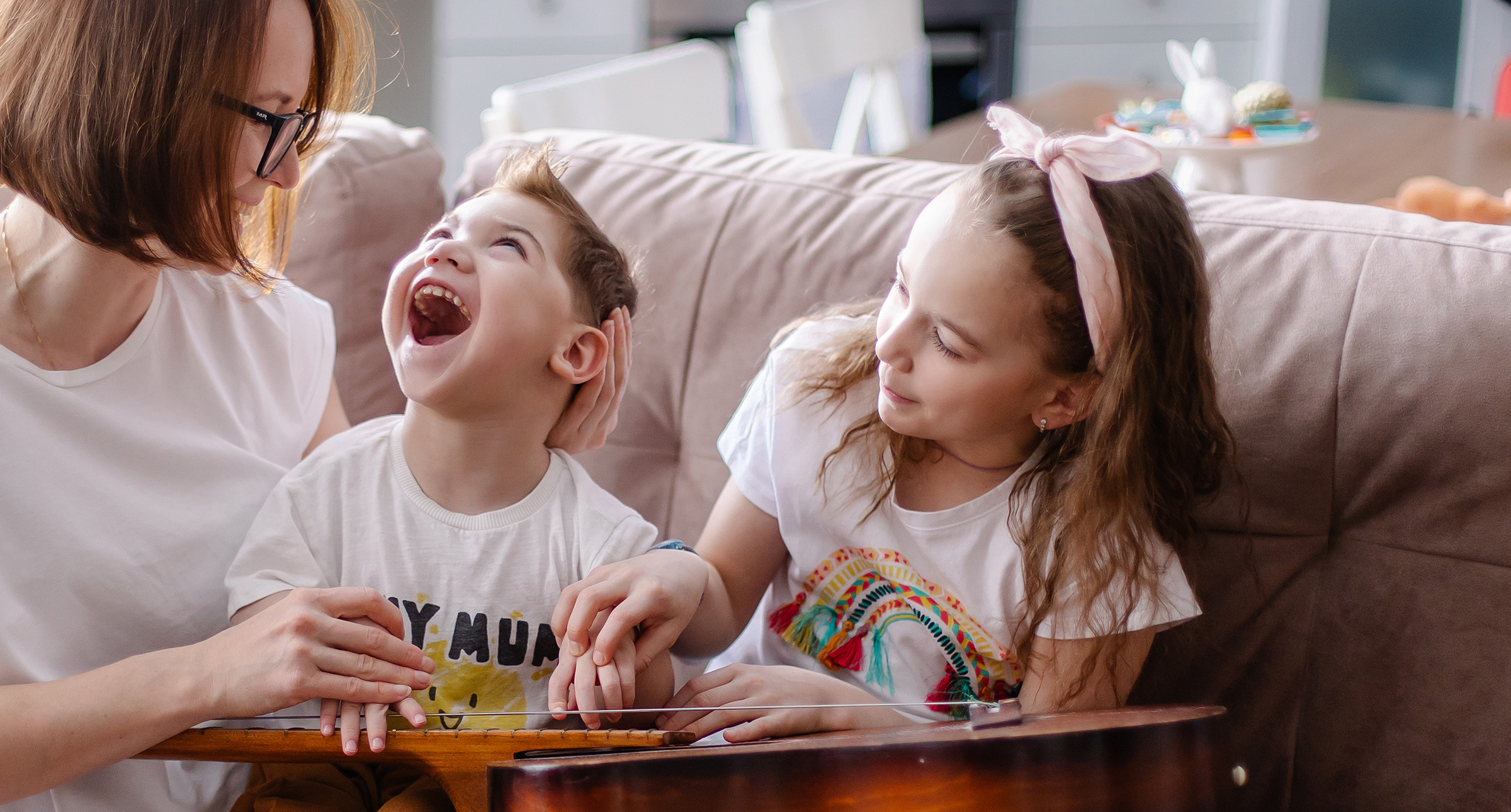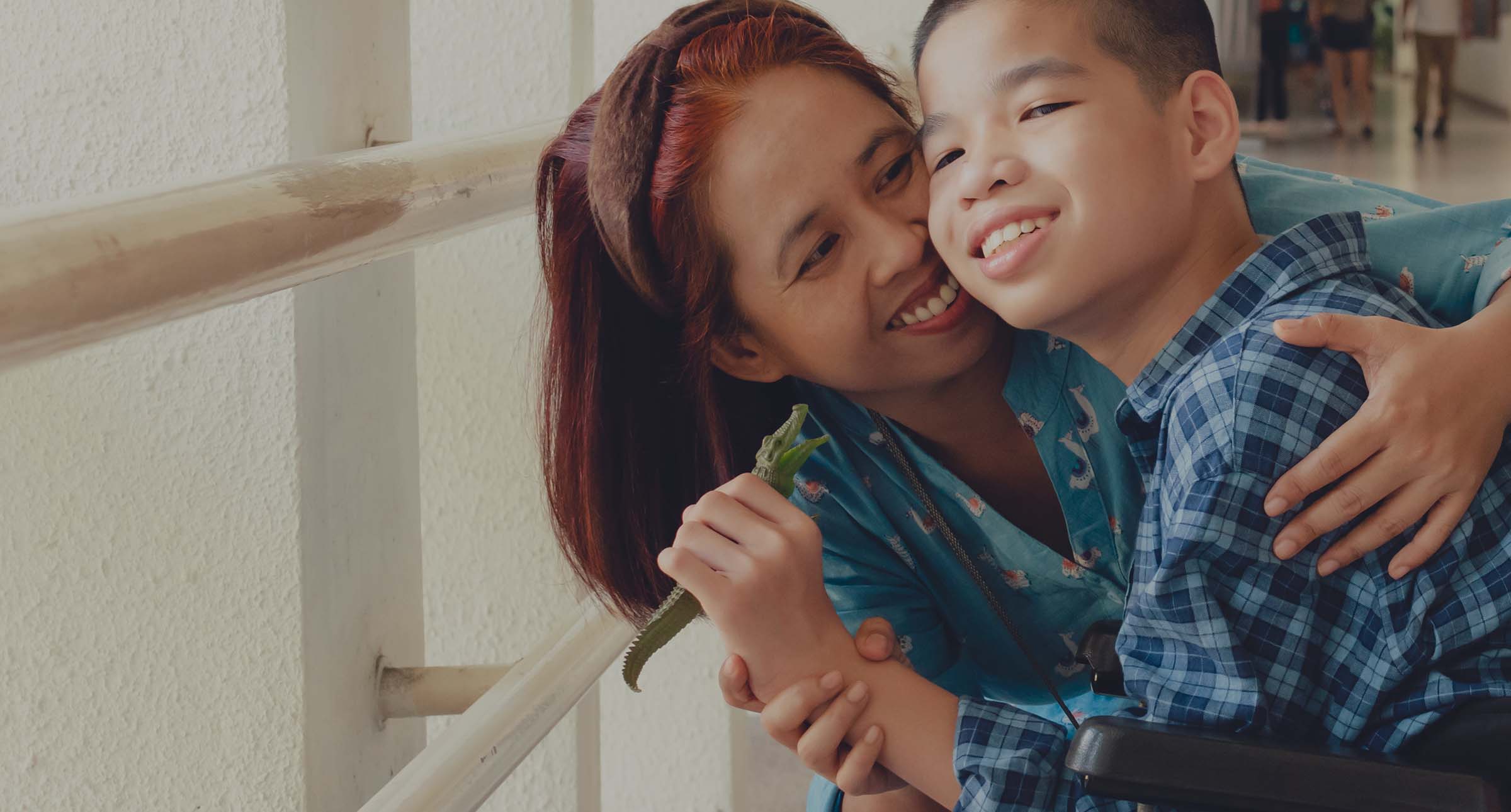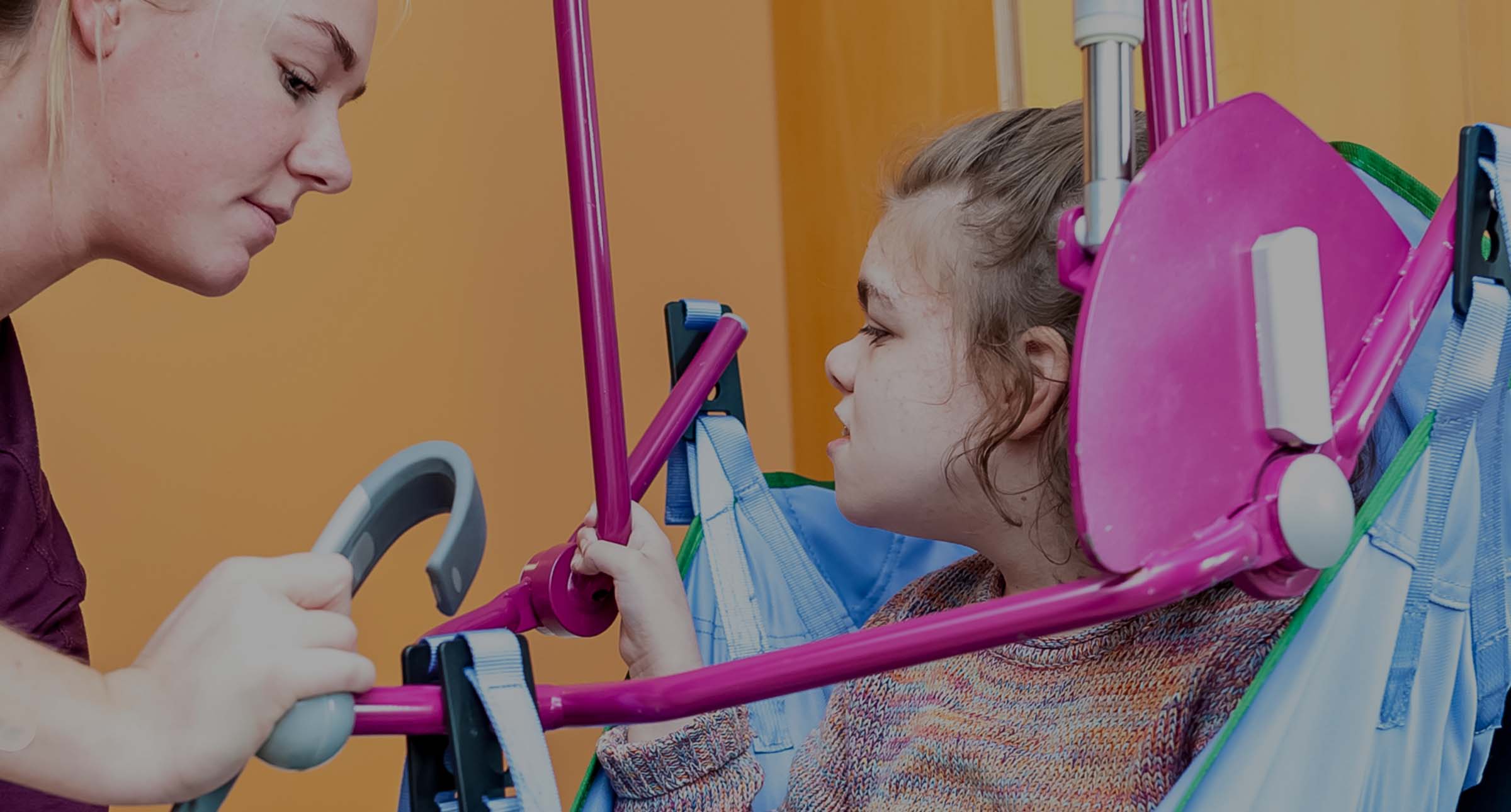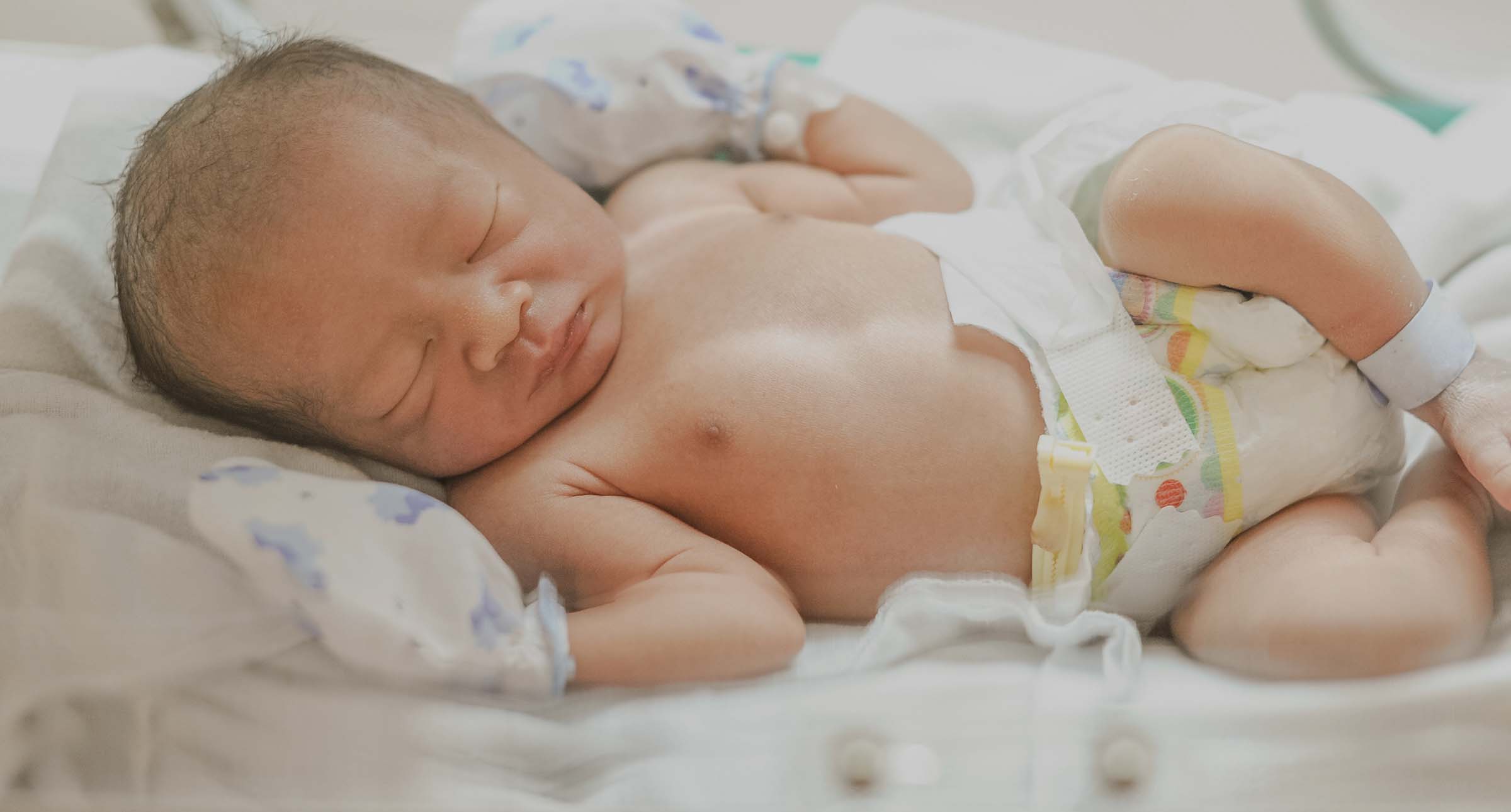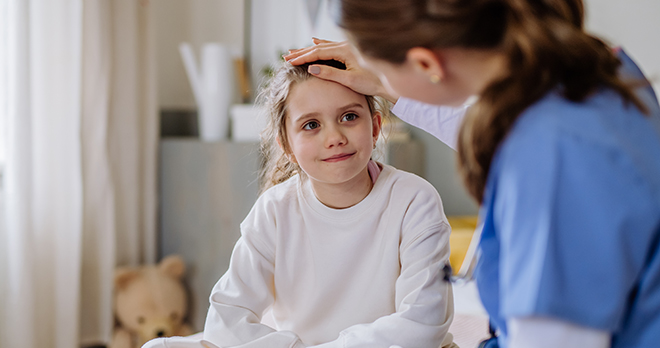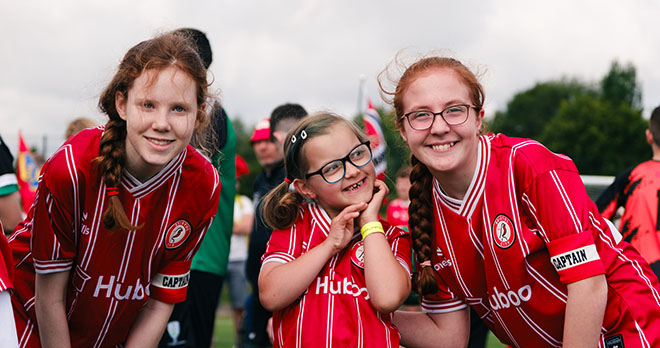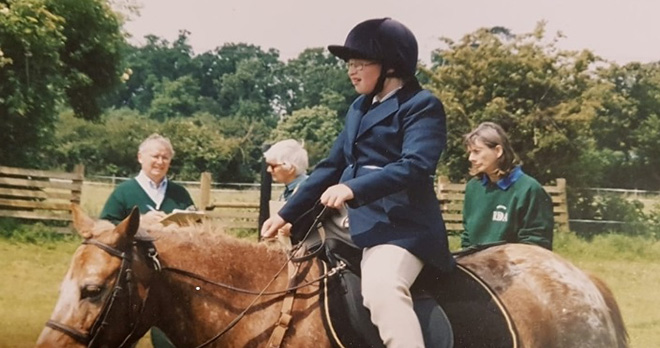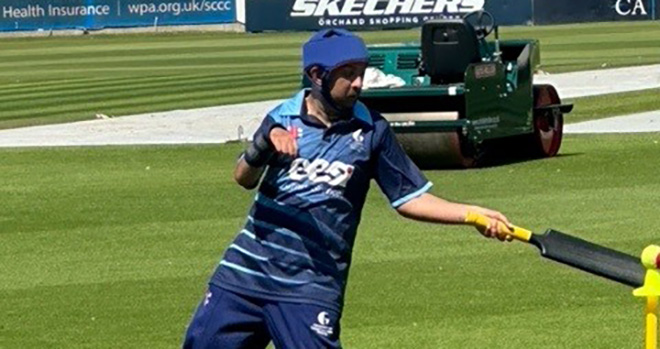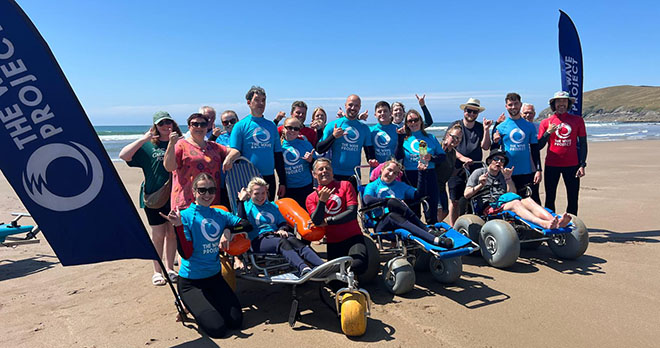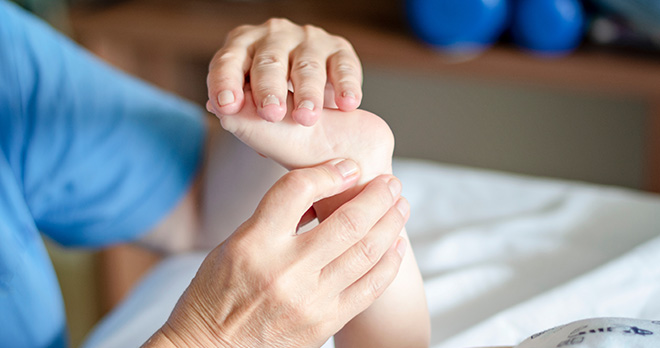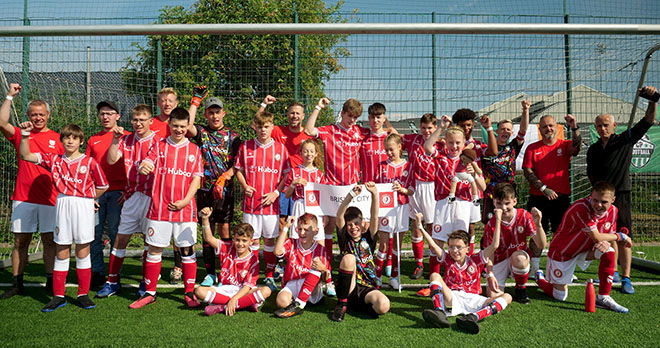The effects of cerebral palsy in children
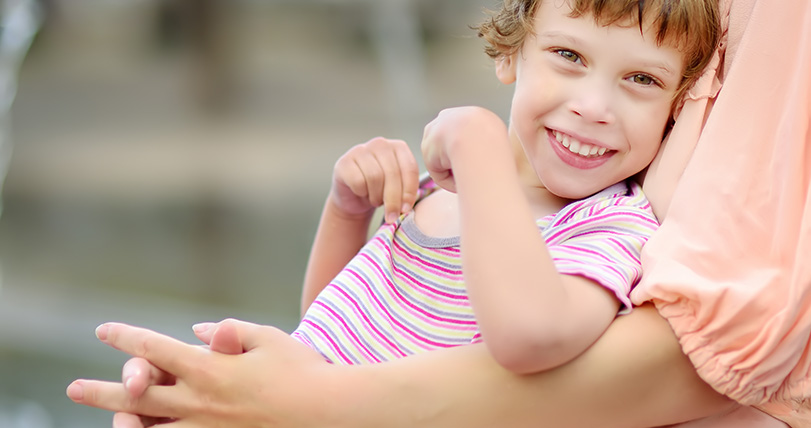
The physical, mental and emotional effects of cerebral palsy on children and their families can be significant.
Our specialist birth injury team works with many families whose child has been diagnosed with cerebral palsy. The time of diagnosis can be very difficult for families and raises many questions as to the impact the diagnosis will have on their child and the rest of the family.
It is important that bespoke support is given by medical professionals, including a paediatric neurologist, community paediatricians, health-visitors, therapists and GPs; many parents are also referred for psychological support to help them through what is a very challenging time.
What are the effects of cerebral palsy on children?
Cerebral palsy can have a range of effects on children living with the condition. They may only be physically disabled, or left with both physical and cognitive challenges, and have behavioural problems; the impact on a child’s life will be determined by the severity of their injury.
There are four main types of cerebral palsy:
-
Spastic Cerebral Palsy
This is the most common type, affecting about 80% of people with cerebral palsy. People with spastic cerebral palsy have increased muscle tone, meaning that their muscles are stiff and movements can be awkward.
-
Dyskinetic Cerebral Palsy
People with dyskinetic cerebral palsy have problems controlling the movement of their hands, arms, feet and legs, making it difficult to sit and walk. Movements are uncontrollable and can be slow and writhing or rapid and jerky.
-
Ataxic Cerebral Palsy
People with ataxic cerebral palsy have problems with balance and coordination. They may be unsteady when they walk or have difficulty with movements that require a lot of control.
-
Mixed Cerebral Palsy
This refers to mixed types of cerebral palsy, the most common mix being spastic-dyskinetic
The physical effects of cerebral palsy on children
It is important to note that cerebral palsy is an umbrella term and can range from mild to very severe symptoms.
The physical effects of cerebral palsy appear during infancy and may include problems with the following:
-
Movement and coordination
These include exaggerated reflexes (the most common movement disorder), difficultly with fine motor skills (such at buttoning up clothes), difficultly walking (for instance walking on toes or a crouched or asymmetrical gait), favouring one side of the body (such as dragging a leg while crawling), slow, writhing movements, tremors or jerky involuntary movements, lack of balance and muscle coordination, stiff muscles with normal reflexes and variations in muscle tone (being too floppy or too stiff).
-
Speech and eating
This can mean excessive drooling or problems with swallowing, difficulty sucking, chewing or eating, delays in speech development or difficulty speaking.
-
Neurological problems
These may present as seizures (epilepsy), difficulty hearing, problems with vision and sight, abnormal eye movements, abnormal touch or pain sensations, bladder and bowel problems (including constipation and urinary incontinence) and mental health conditions (such as emotional disorders and behavioural problems).
GMFCS levels
The extent of severity of cerebral palsy is measured by the GMFCS (Gross Motor Function Classification System).
The GMFCS levels range from I – V and is usually assessed at intervals as a child with cerebral palsy develops. As an example, a child with GMFCS I can walk and climb stairs, but speed, balance and coordination are limited. A child with CMFCS V requires the use of a wheelchair in all settings and cannot support their head and body or control their arm and leg movements.
GMFCS Levels are:
-
GMFCS Level 1
Children walk at home, school, outdoors and in the community. They can climb stairs without the use of a railing. Children perform gross motor skills such as running and jumping, but speed, balance and coordination are limited.
-
GMFCS Level 2
Children walk in most settings and climb stairs holding on to a railing. They may experience difficulty walking long distances and balancing on uneven terrain, inclines in crowded areas or confined spaces. Children may walk with physical assistance, a hand-held mobility device or use wheeled mobility over long distances. Children have only minimal ability to perform gross motor skills such as running or jumping.
-
GMFCS Level 3
Children walk using a hand-held mobility device in most indoor settings. They may climb stairs holding onto a railing with supervision or assistance. Children use wheeled mobility when travelling long distances and may self-propel for shorter distances.
-
GMFCS Level 4
Children use methods of mobility that require physical assistance or powered mobility in most settings. They may walk for short distances at home with physical assistance or use powered mobility or a body support walker when positioned. At school, outdoors, and in the community, children are transported in a manual wheelchair or use powered mobility.
-
GMFCS Level 5
Children are transported in a manual wheelchair in all settings. Children are limited in their ability to maintain antigravity head and trunk postures and control leg and arm movement.
It is important that each individual child is fully assessed so that the support they need during their development can be tailored to their needs. This is frequently referred to as the “Cerebral Palsy Integrated Pathway”. This will involve a multi-disciplinary group of professionals working together with parents to assess, advice and treat a child.
There are also many charities and support groups for children with cerebral palsy and their families – see our Guide to Cerebral Palsy for further information on support available.
The developmental effects of cerebral palsy
The effects of cerebral palsy can be wide ranging both in terms of what aspects of functioning are affected and the severity of the disability.
Development should be very carefully monitored in a child diagnosed with cerebral palsy and key functions which may be affected include:
- Movement and posture difficulties; for example arms may be too stiff or too floppy
- Control of the trunk of the body can be difficult such that babies cannot sit independently and cannot walk
- Movement may be fidgety, jerky or clumsy, which the child cannot control
- Cognitive functioning, including executive functioning of the brain
- Possible seizures or epilepsy
- Vision and hearing problems
- Speech and language development for both receptive and expressive speech
- Swallowing may be difficult causing it to be dangerous, so many babies or children are PEG fed instead
- Spinal pain or scoliosis
- Musculature pain and contractures.
These can have the following effects:
-
Delays in reaching motor skill milestones
A child may for example have trouble with sitting up or crawling.
-
Delayed growth
Your child may be smaller in size than would be expected, as the muscles and limbs affected by cerebral palsy tend to be smaller.
-
Intellectual disabilities
Generally, the greater the level of physical impairment, the more likely it is a person will have an intellectual disability.
-
Learning difficulties
You may find your child has a short attention span, motor planning difficulties, perceptual difficulties and language difficulties, impacting on literacy and numeracy. Learning may also be affected by difficulties with fine and gross motor skills and spatial coordination.
The emotional effects of cerebral palsy on children
There have been many studies into the effects of brain damage to children on their mental health. One study at Newcastle University notes that emotional difficulties are commonly linked to brain damage, likely because a brain injury can affect the areas of the brain which enable emotional regulation.
If a child with cerebral palsy is experiencing emotional difficulties then specific therapeutic intervention from a paediatric clinical neuro-psychologist can provide huge assistance.
An additional reason relates to the upset and frustration related to their physical limitations; children with cerebral palsy can feel very different and alienated from their able-bodied peer group. Children with CP may also face issues with child bullying or unkind remarks from both children and adults, causing deep upset.
More specifically, those living with cerebral palsy might have mental health conditions including:
-
Depression and anxiety
With greater social isolation and the challenges of coping with disabilities.
-
Social and emotional issues
Including difficulties with their peer group and strong emotional responses to new challenges.
-
Behavioural problems
Such as dependency, being headstrong, hyperactive, prone to conflict or exhibiting antisocial behaviours.
The emotional effects of cerebral palsy on families
The demands both physically and financially of caring for a disabled child are immense for many parents and this causes stress and at times feelings of isolation.
There can also be an impact on other siblings, who feel that their disabled sibling receives more attention and feelings of resentment can occur.
It is vital that families receive all round support to help them cope with the demands of raising a disabled child. The charity SCOPE has excellent information on it’s website relating to issues such as Welfare Benefits, Financial help for food and bills, working whilst caring, money for adapting your home, ECHPs, sleeping, eating, finding respite care and managing challenging behaviour; these are just examples, there are many more.
SCOPE arranges support groups for parents and gives advice on managing your mental heath, coming to terms with your child’s diagnosis, how to balance caring for siblings of a disabled child and general emotional support.
What are the long-term effects of cerebral palsy?
During transition into adulthood there can often be heightened issues with emotional and mental health wellbeing for teenagers with cerebral palsy.
The group CanChild notes:
“Young adults find themselves facing many new challenges, including making the transition to adult health care, post-secondary education ..or independent living….It is during this period that many young people first develop anxiety or depression. Motor impairments such as CP, and any associated physical, cognitive or health complications, can intensify these challenges, and the stress they can put on a young person’s mental health can quickly compound any mental health problems or vulnerabilities.”
Some children with severe restrictions in their movement may require SDR (Selective Dorzal Rhizotomy) surgery in order to help them with walking, as it reduces spasticity in the lower limbs. Other children may require, as they develop, surgery to correct defects in their spine to help alleviate pain and discomfort. If contractures become severe then there is an option of undergoing botox injections under general anaesthetic to relieve the pain and cramping.
It is important to note that although the brain injury causing the cerebral palsy does not in itself worsen, the effects of the brain injury on the body can progress and deteriorate with age. Some young adults may be ambulant, but in older age will become less mobile and require the use of wheelchairs both in and outside the home. Those with cerebral palsy require much more energy and effort to function, particularly if they are severely disabled. This causes additional stress and strain on their bodies and they can show signs of premature ageing such as more frequent falls, increased stiffness and pain.
More specifically, a child with cerebral palsy may go on to experience issues with:
-
Contracture
Muscle tissue shortening due to severe muscle tightening can be the result of spasticity. This can inhibit bone growth, cause bones to bend, and result in joint deformities and dislocation.
-
Malnutrition
Swallowing or feedings problems can make it difficult for someone who has cerebral palsy to get enough nutrition, which can impair growth and weaken bones.
-
Heart and lung disease
Heart disease, lung disease and breathing disorders may develop. Problems with swallowing can result in respiratory problems, such as aspiration pneumonia.
-
Osteoarthritis
Pressure on joints or abnormal alignment of joints from muscle spasticity can lead to the early onset of this painful degenerative bone disease.
-
Osteoporosis
Fractures due to low bone density can result from factors such as lack of mobility, inadequate nutrition and anti-epileptic drug use.
How to care for a child with cerebral palsy
There is no cure for cerebral palsy, but treatment can improve the life of someone with the condition. It is important to begin a treatment programme as early as possible to improve a child’s capabilities.
No single treatment is the best for all children with cerebral palsy. After a cerebral palsy diagnosis is made, a team of health care professionals will work with a child and their parents to identify specific impairments and needs, and then develop an appropriate plan to tackle the core disabilities that affect a child’s quality of life.
Common treatments include physical, occupational, recreation, and speech and language therapy, and many children will use assistive devices like braces and wheelchairs to help with mobility. Drug treatments can help children who have a lot of muscle pain and stiffness, and surgery can be performed to lengthen muscles and tendons. Doctors and dieticians can work with families to ensure that children are getting enough of the right nutrients to promote bone health.
Taking care of a child with cerebral palsy can feel overwhelming at times. Living with cerebral palsy is different for every child. To help a child move and learn as much as possible, it is important to work closely with a care team and adjust the treatment plan as a child grows and develops.
If there is a successful clinical negligence claim then significant support will be put in place to help care for your child in both childhood and also in adulthood if they wish to live independently. This will involve procuring a care team of one or two carers at a time to ensure a full 24 hour care package is available, if desired. The care team will be managed by a Case Manager to ensure the carers employment is properly set up and all training and supervision is undertaken. The Case Manager can also arrange full therapeutic support from Occupational Therapists, physiotherapists and speech and language therapists.
There should be a detailed Health, Education and Care Plan (EHCP) which collates all the educational and medical needs of a child into a single document and coordinates the professionals involved in supporting the developmental needs of your child. It may be necessary to challenge (via a Tribunal process) the EHCP if you consider it inadequate or if you wish for your child to attend a different school.
Our birth injury solicitors, in the event there is a medical negligence claim, ensure that damages are sought to fully support our client and their family through the developmental, transitional and adult phases of life. This will include damages to pay for specialist therapy for the child and family therapy to support the child with their development and emotional needs.
Call now
